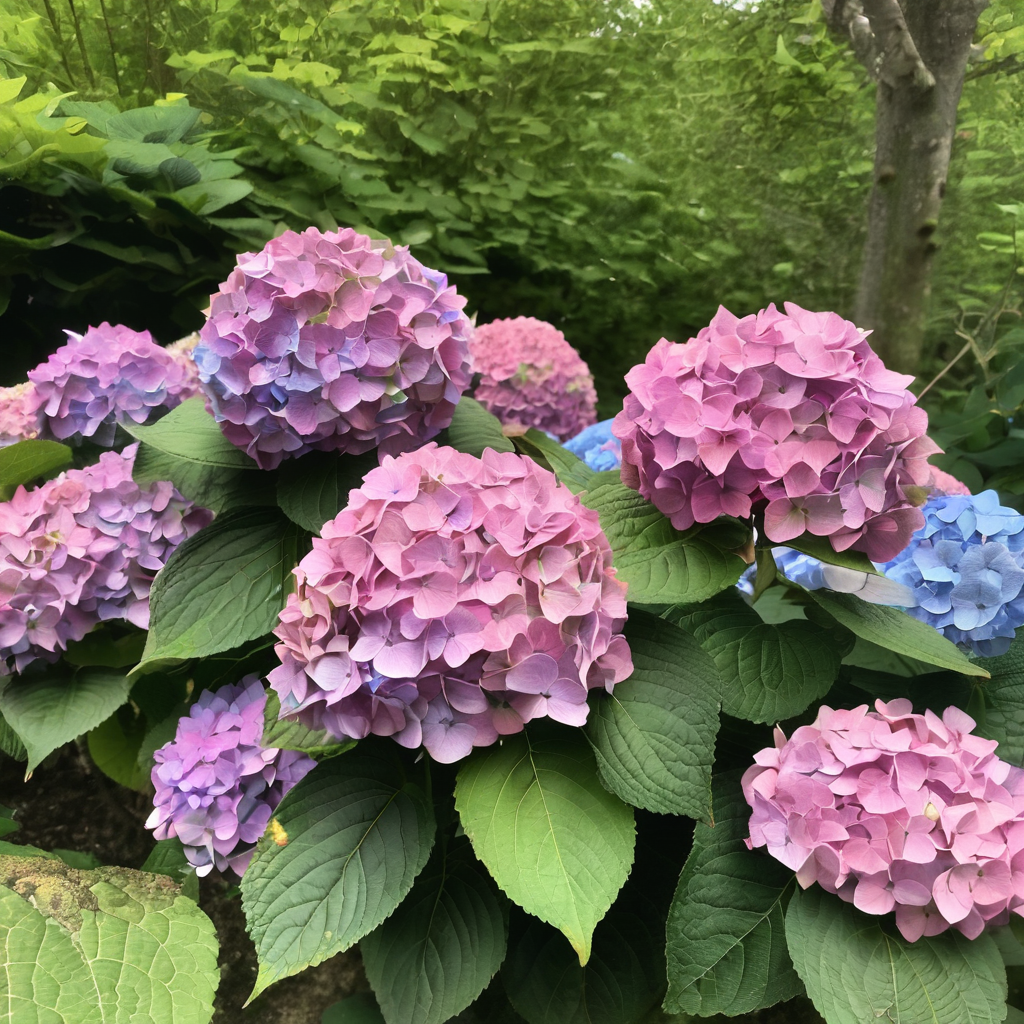If you’ve noticed some of the telltale signs that your hydrangea may be struggling or dying back, you’re likely wondering: is there any hope for it to recover, or is it a lost cause?
As with many plants, the answer depends on several factors, but here are some tips on assessing whether your hydrangea will come back or if it’s time to remove and replace it.
Related Article:
One of the first things to consider is what type of hydrangea you have—bigleaf or paniculata hydrangeas versus macrophylla hydrangeas. Bigleaf and paniculata varieties like ‘Nikko Blue’ are more tolerant of neglect and better able to recover from issues like drought or nutrient deficiency once conditions improve. Macrophylla hydrangeas, like mopheads, are more finicky and prone to permanent damage if stressed. So macrophylla types have a lower chance of bouncing back versus the harder varieties.
Next, take a look at how much of the plant is affected. If only a few stems appear limp or have discolored leaves, the rest of the plant may have enough stored energy in its roots and crown to recover. But if over half of the plant shows stress symptoms like thinning foliage, wilting flowers, or brown spots, the damage is likely too extensive. In this case, it’s best to remove it to avoid further decline.
It’s also important to address the underlying cause of the hydrangea’s decline. Issues like lack of water or nutrients can often be corrected simply by improving care. But fungal or bacterial diseases, severe root damage from soil issues, or attacks from pests or animals are harder to overcome and may mean the plant doesn’t have the strength to fully recover. Treating the cause is key, but it may not be enough if the damage is too severe.
The timing of when you notice the problem also impacts your chances of recovery. Issues that arise in late summer or fall are riskier than those in spring or early summer, as the plant has less time to regroup before winter dormancy. And hydrangeas stressed in the fall may not have enough reserves to produce strong new growth in the spring. It’s best to assess struggling plants earlier in the season for better odds of revival.
Another factor is the plant’s history—has it been healthy for years, or is this a chronic issue? A plant that’s struggled each year is a poorer candidate than one that’s usually thriving but has encountered a temporary setback. Age also plays a role, as older, more established hydrangeas tend to be harder than younger specimens.
If, after considering all these points, you think your hydrangea has a fighting chance, there are some steps to take that may help it recover:
- Remove any obviously dead or diseased parts by pruning 6 inches below the issue. This eliminates the energy drain.
- Transplant it to a spot with better drainage and nutrient-rich, moisture-retentive soil if the current location is inadequate.
- Water deeply and consistently during hot spells, and apply a balanced fertilizer or compost in spring and summer for nutrient replenishment.
- Stake or brace weak stems that may not stand on their own until regaining strength.
- Consider applying a fungicide drench or soil treatment if disease was the cause.
- Monitor closely for pest or wildlife damage as new growth emerges.
- Be patient, as full recovery could take until the following season to be apparent.
With the right conditions and care, there’s hope that many struggling hydrangeas may bounce back. But don’t force the issue if damage appears too far gone; it’s kinder to start over with a replacement plant. With a little TLC, you may be pleasantly surprised by what survivors can achieve!
